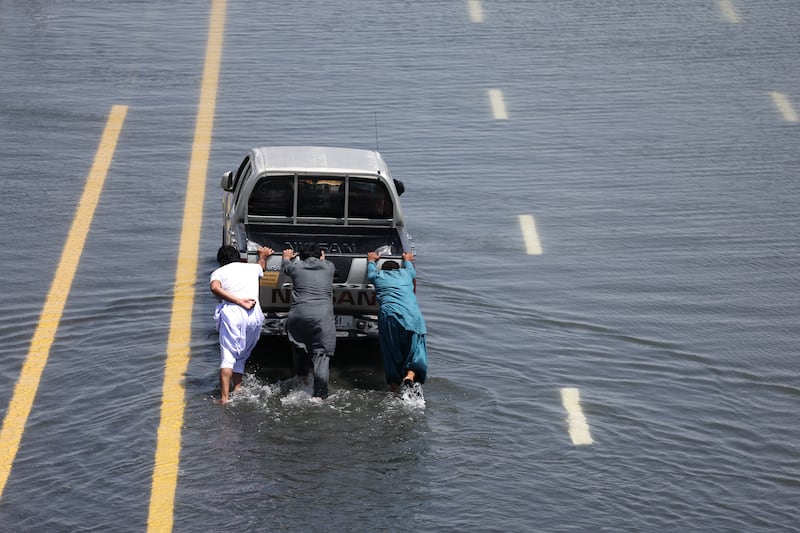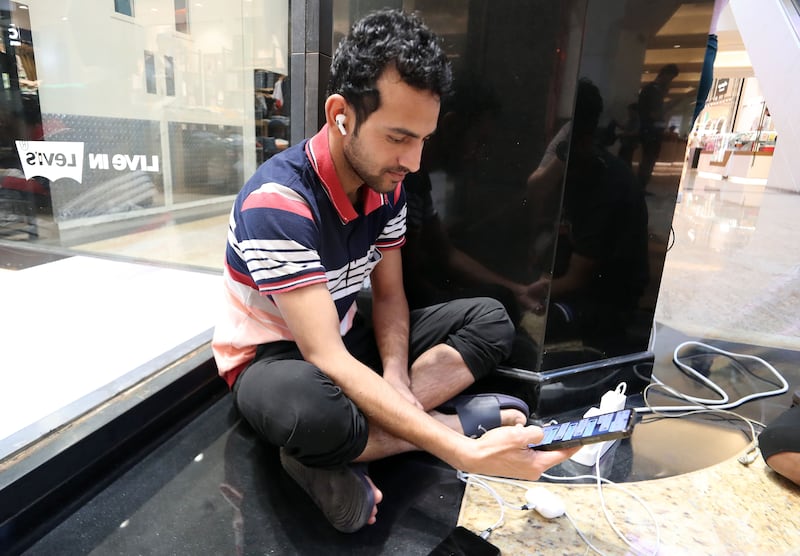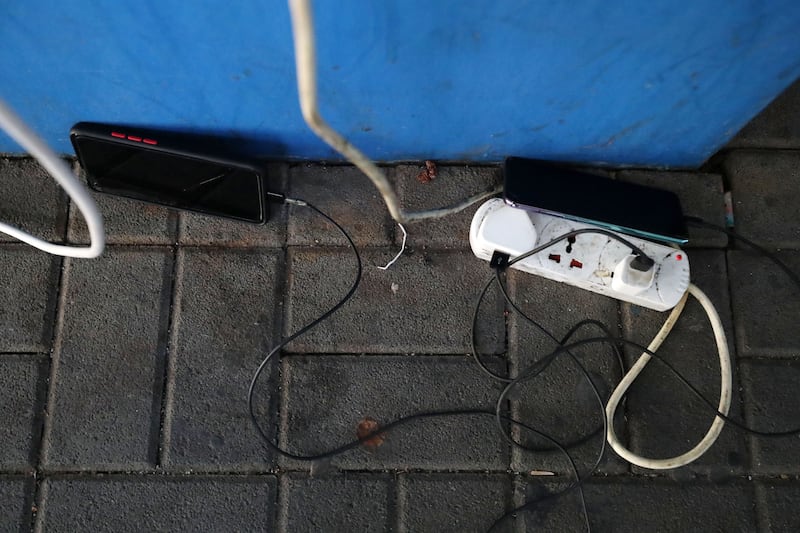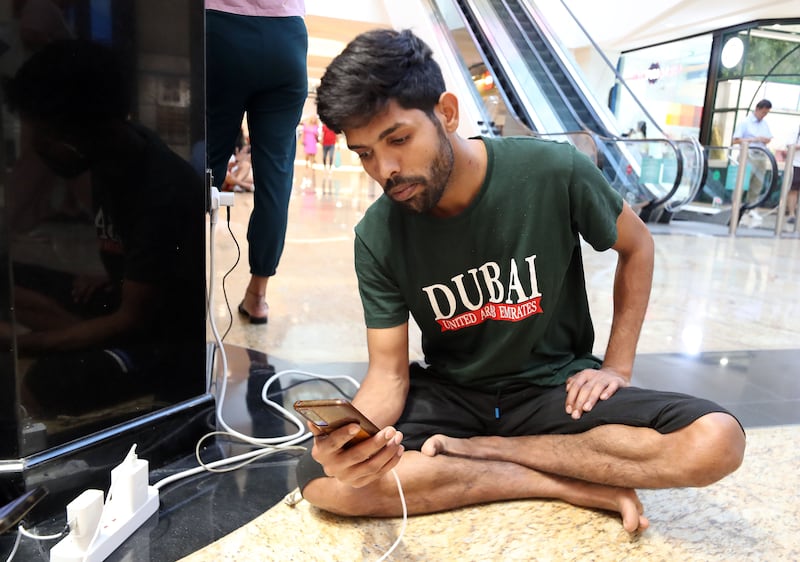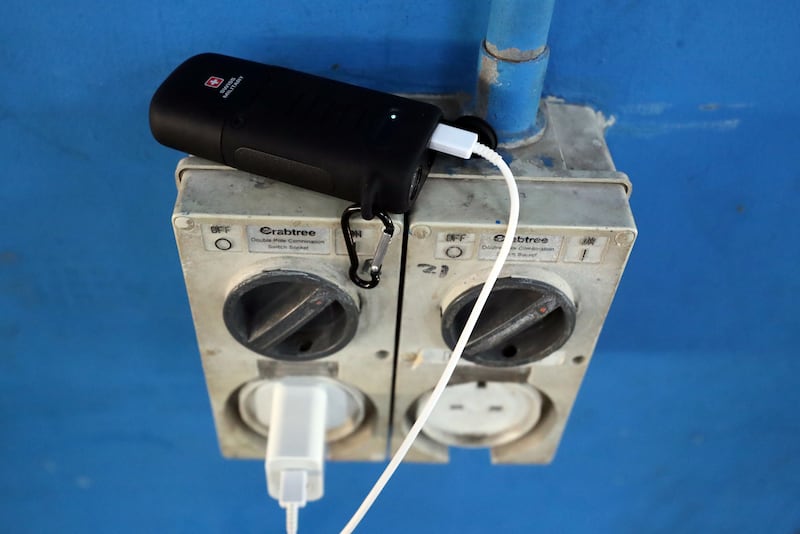Earlier this month, a severe storm landed in the UAE and dropped more than a year’s worth of rain over the country. This heavy rain triggered flash flooding in the main cities, inundated roads and disrupted transport as well as millions of residents’ daily lives.
There has been a lot of speculation about what was behind this unprecedented event – the heaviest rain here since records began. But what are the facts?
The storm was caused by a very slow-moving, low-pressure weather system over the eastern Arabian Peninsula embedded in the tropical jet stream – a ribbon of air that moves such systems towards the Arabian Gulf. This strong, low-pressure system covered most Gulf countries and approached the UAE from the west. It remained over the Emirates for several hours due to a blocking system on its eastern side, over central Asia.
Within this configuration, the system delivered to the UAE many waves of high winds and heavy rain throughout the day on April 16, leading to the highest amount of rainfall ever recorded in the country. The UAE’s National Centre of Meteorology reported that the country experienced up to 250 millimetres of rain in less than 24 hours. To put this in perspective, the Emirates is known for its dry desert climate and usually receives about 140 to 200 millimetres of rainfall a year.
At a hemispheric scale, this was one of three low-pressure systems that formed a train of storms slowly moving around the subtropics along a rather wavy jet stream.
According to the World Meteorological Organisation, this year and in 2023 our planet has seen its hottest years on record, thanks to both excess warming from climate change and the warmth induced by El Nino, an occasional climate phenomenon in the Pacific Ocean which developed last year and is still continuing. The extra heat in the Earth’s atmosphere exacerbates weather extremes because it provides additional energy and moisture as a result of increased evaporation from the oceans and the seas.
Moreover, a warmer atmosphere can hold an additional 7 per cent of moisture for each 1°C increase in temperature. These two effects combined can cause significant damage by creating powerful weather extremes. These can take the form of storms like the recent one in the UAE, as well as tornadoes, hurricanes and medicanes (Mediterranean cyclones), depending on the geographic location.
Several scientific studies have shown that under global warming conditions, weather extremes become more frequent and more intense. The rarest events in historical data are seeing their frequency increase in this warmer climate.
The UAE is in the subtropics, and one consequence of global warming has been an excess of heat and evaporation within the tropics region, causing the expansion of the tropics into the subtropical regions on both sides of the equator. In short, this means more tropics-like weather for the UAE and the southern Arabian Peninsula in the future, including convective storms and heavy rain, especially during spring and summer. A recent study by the NCM has shown that a 30 per cent increase in rainfall is expected over the Emirates owing to global warming.
Such changes on global and regional scales cannot be affected by rather small-scale human interventions like weather modification techniques, which have limited spatial and temporal footprints. For instance, cloud seeding – a technique used to enhance the amount of rain produced by a given convective cloud already present in the skies – cannot lead to widespread rainfall of the kind that fell over the region this month.
Additionally, and for safety reasons, cloud seeding is not carried out whenever such powerful systems are forecasted, for much the same reason that no aircraft would be willingly piloted inside a hurricane, for example.
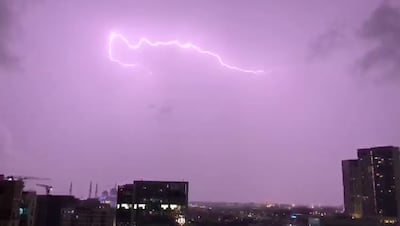
With all the indicators pointing towards more rain over the UAE in the near future, it is important to adapt the country’s infrastructure to this new reality and implement innovative solutions that can help the country benefit from this extra source of freshwater while safeguarding its economy, dynamism and high quality of life.
To this end, expanding the UAE’s early-warning systems for natural hazard events tailored to the country’s climate is crucial to ensuring preparedness and readiness for extreme events. This would not only help to alleviate their effects, but also to guide efficient rebuilding efforts after they hit.
In parallel, adaptation to climate change is urgently needed because global warming will continue in the future. In fact, despite the efforts to reduce greenhouse gas emissions, the amount of these heat-trapping pollutants in the atmosphere is already very high and will remain high for decades to come due to their long lifetime in the air.
In their adaptation strategies, modern Gulf cities must overcome several challenges. Perhaps the most pressing one is a future-proof road network and built environment that is capable of standing against sea level rise, extreme weather and high heat. A robust infrastructure and a drainage system of large capacity to avoid flooding needs to be designed, as well as buildings and houses that can withstand the projected environmental changes of both extreme heat and extreme rain. The materials used in construction need to be reassessed against the new requirements imposed by climate extremes.
Finally, enhancing the capabilities and the preparedness of first responders and front-line health workers is essential to ensure a speedy recovery from different natural hazard scenarios and to limit the domino effect after such events occur. For example, after flooding, it is important to be able to quickly remove stagnant water to avoid the spread of waterborne diseases and safeguard public health.
In short, what we have experienced this month is a natural phenomenon that has been turbocharged by man-made climate change. Although the storms were not caused or worsened by cloud seeding, humans are still playing a central role in creating weather of such intensity. Therefore, it is also up to us to come up with solutions to it.
